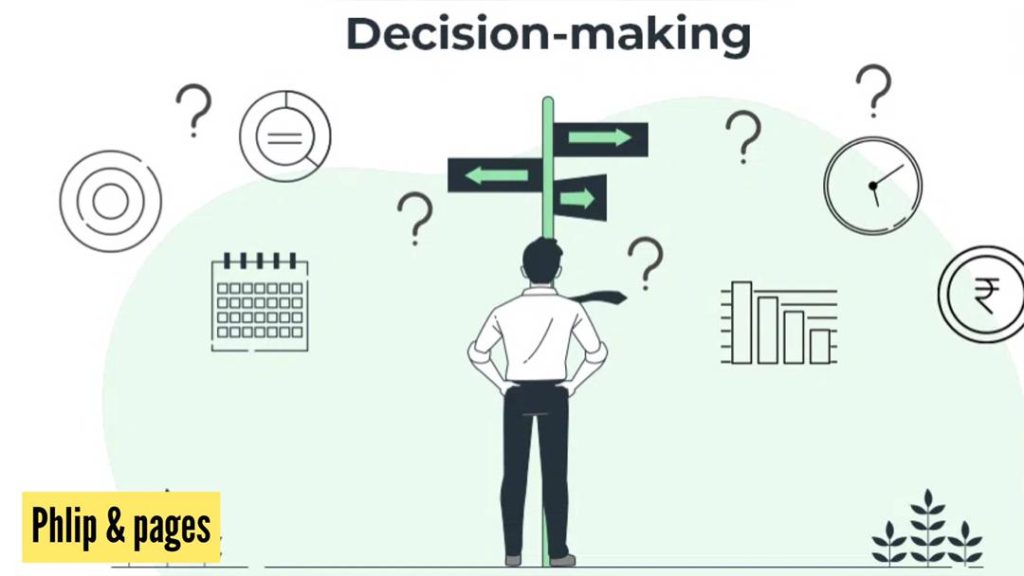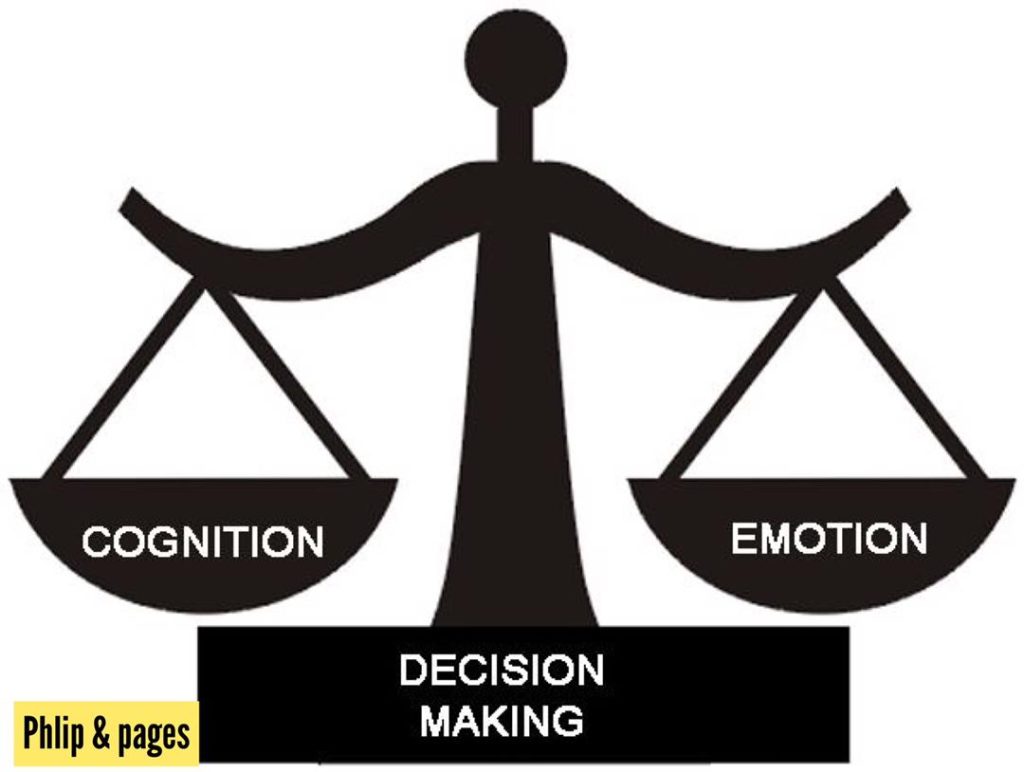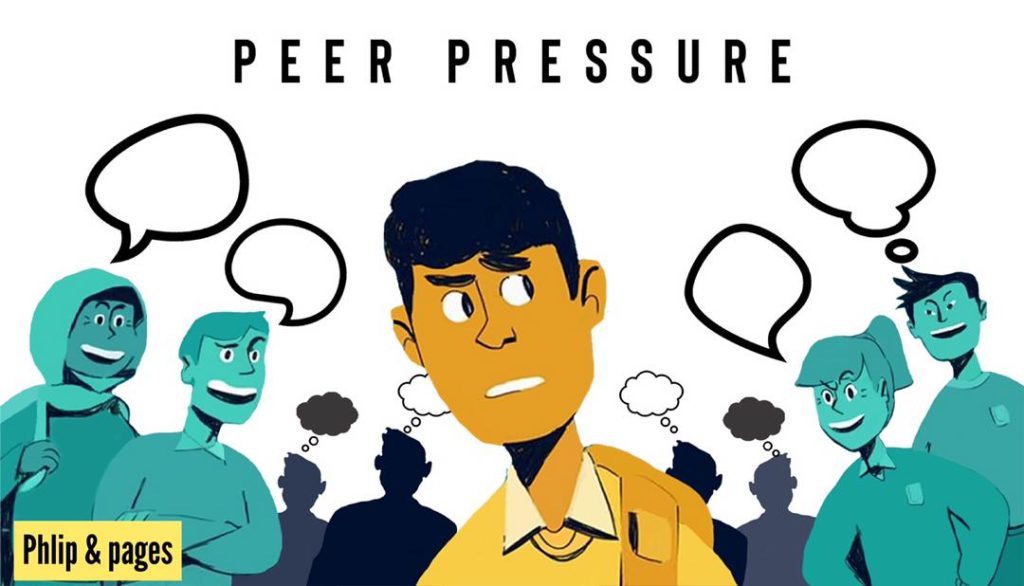Decision-making is an inherent aspect of human life. Every day, we are faced with numerous choices, ranging from trivial to life-altering ones. Understanding the psychology behind decision-making can provide valuable insights into why people make certain choices and how they are influenced by various factors. This article delves into the intricacies of decision-making processes, exploring the underlying psychological mechanisms that shape human choice.
Cognitive Biases in Decision-Making

One key aspect to consider when unraveling human choice is the presence of cognitive biases. These biases are mental shortcuts or heuristics that our brains use to simplify complex decisions. While they can be helpful in navigating everyday situations quickly, they may also lead to irrational judgments and flawed decision-making processes.
Confirmation Bias
Confirmation bias occurs when individuals seek out information that confirms their existing beliefs or opinions while ignoring contradicting evidence. This bias can result in narrow-mindedness and prevent individuals from considering alternative perspectives before making a decision.
Anchoring Bias
Anchoring bias refers to the tendency for individuals to rely heavily on initial information (the anchor) when making subsequent judgments or decisions. This bias can influence perceptions of value or significance and may limit one’s ability to objectively evaluate different options.
Availability Heuristic
The availability heuristic involves basing decisions on readily available information rather than conducting a comprehensive analysis. Individuals tend to give more weightage to recent or vivid examples, leading them to overestimate the likelihood of certain events occurring based solely on their immediate accessibility in memory.
Emotions and Decision-Making

Emotions play a significant role in shaping our decisions as well. Research suggests that emotions strongly influence both intuitive judgments and deliberate reasoning processes involved in decision-making.
Fear and Risk-Aversion
Fear often leads individuals towards risk-averse behavior, causing them to prefer safer alternatives even if potentially more beneficial options exist. This risk aversion can hinder exploration and limit the potential for growth or innovation.
Happiness and Optimism
Conversely, positive emotions such as happiness and optimism can enhance creativity, broaden one’s perspective, and promote more open-minded decision-making. It is important to recognize how emotional states can impact our choices and strive for a balanced approach that considers both risks and opportunities.
Social Influences on Decision-Making
Human choice is also heavily influenced by social factors, as we are inherently social beings who seek validation from others. These influences can significantly shape our decisions in both conscious and subconscious ways.
Conformity
Conformity refers to adjusting one’s behavior or beliefs to align with those of a group or society. The need for acceptance often leads individuals to make decisions that are consistent with prevailing norms or expectations, even if they may not personally align with their own values.
Peer Pressure

Peer pressure represents the influence exerted by one’s peers or social circle to conform to certain behaviors or choices. This influence can be particularly strong during adolescence but remains relevant throughout life.
In Summary
The psychology behind decision-making provides valuable insights into human behavior and offers explanations for why people make particular choices. By understanding cognitive biases, the role of emotions, and the influence of social factors on decision-making processes, we gain a deeper appreciation for the complexities involved in human choice. Recognizing these underlying mechanisms empowers us to approach decision-making more consciously while considering multiple perspectives, managing biases effectively, making informed judgments based on available evidence rather than immediate accessibility heuristic alone.
















